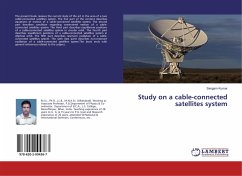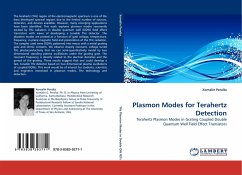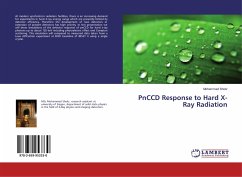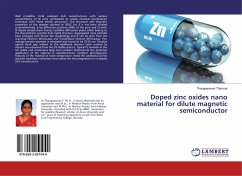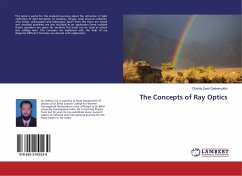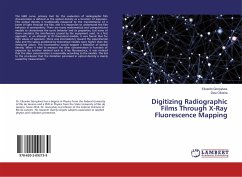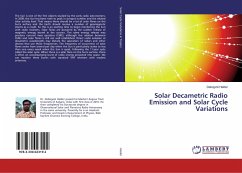
X-RAY Plasmon Satellites in Emission and Absorption Spectra
Versandkostenfrei!
Versandfertig in 6-10 Tagen
37,99 €
inkl. MwSt.

PAYBACK Punkte
19 °P sammeln!
In the characteristic X-ray Spectra, Diagram as well as non Diagram lines are present. Those lines which fit in the conventional energy level diagram are called Diagram lines. & those lines which do not fit in the conventional energy level diagram are called non diagram lines. It is also known as "Satellites or Second order lines". Satellites are generally of weak intensity lines & are found close to more intense parent line. The satellites which are observed on higher energy side are called high energy satellites (HES) whereas those are observed on lower energy side are called lower energy sa...
In the characteristic X-ray Spectra, Diagram as well as non Diagram lines are present. Those lines which fit in the conventional energy level diagram are called Diagram lines. & those lines which do not fit in the conventional energy level diagram are called non diagram lines. It is also known as "Satellites or Second order lines". Satellites are generally of weak intensity lines & are found close to more intense parent line. The satellites which are observed on higher energy side are called high energy satellites (HES) whereas those are observed on lower energy side are called lower energy satellites (LES). As the sensitivity and resolving power of spectrometers were improved and increased, the observed number of faint-non diagram lines were also increased so much that they outnumbered the number of diagram lines. Therefore, it becomes of paramount importance to find out a proper explanation for the origin of these 'non diagram' lines or X-ray satellites .



